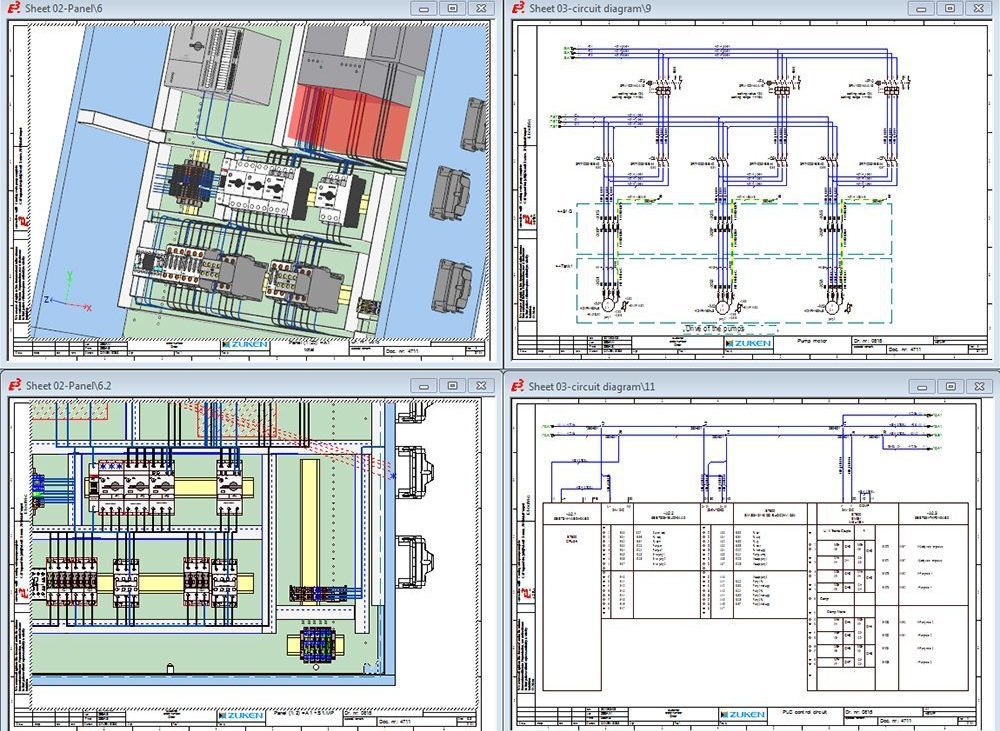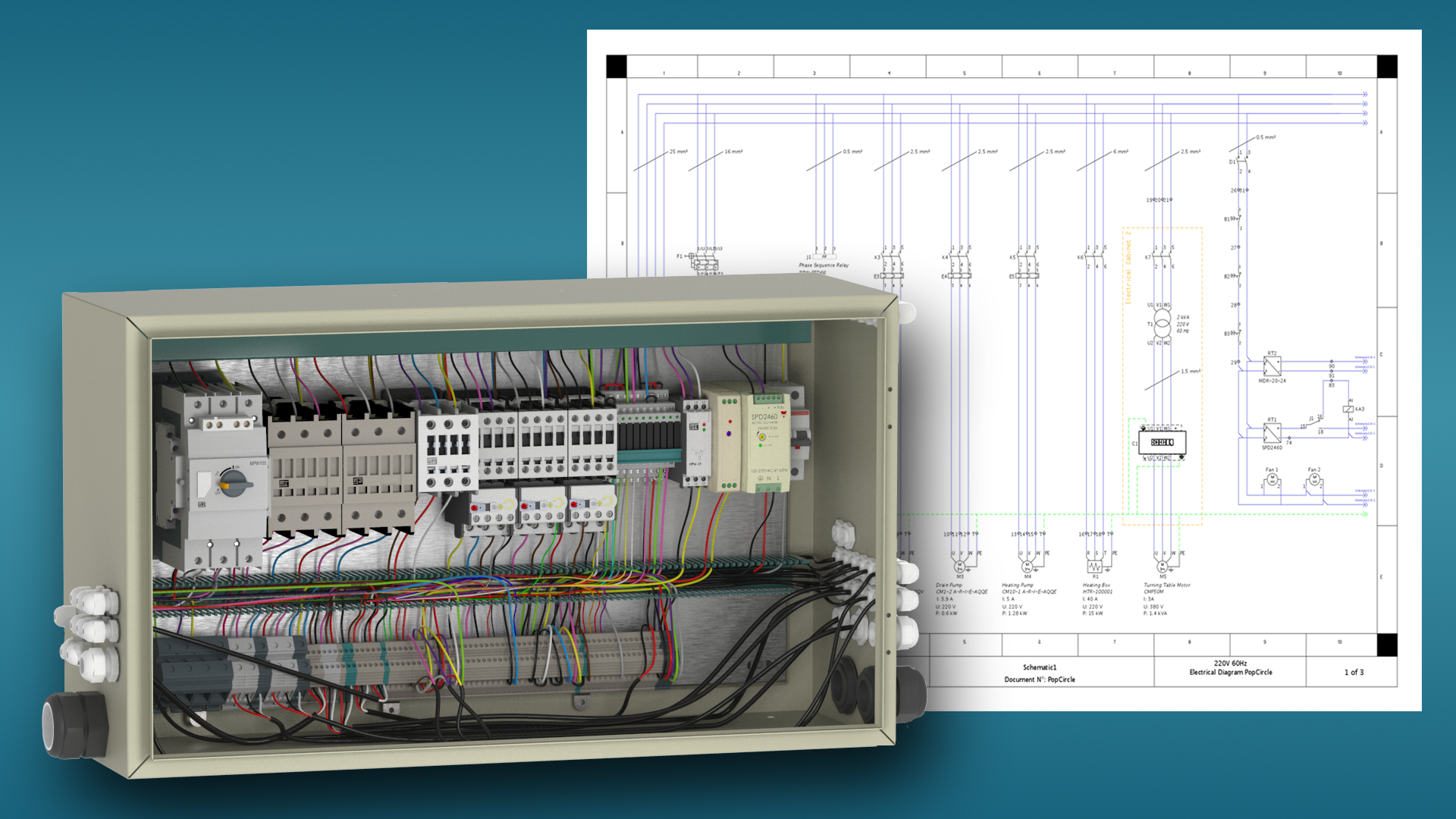Innovative Electric Design Solutions for Modern Infrastructure
The development of contemporary facilities necessitates ingenious electrical design services that not only enhance functional performance however additionally address sustainability obstacles. As metropolitan environments expand increasingly complicated, integrating modern technologies such as smart grids and eco-friendly power sources becomes extremely important. These innovations not only promise to optimize energy usage yet additionally foster resilience against future demands. The landscape of electric design is undertaking rapid improvement, triggering a better evaluation of arising fads and their ramifications for long-lasting infrastructure practicality. What might the future hold for those that welcome these innovative methods?
Significance of Innovative Electric Design
Ingenious electric design plays a vital role in modern-day infrastructure, influencing not just effectiveness however likewise sustainability. As cities advance and the demand for power rises, the need for advanced electric systems becomes vital. These systems have to not only meet present demands but likewise prepare for future growth and technological innovations.
A well-executed electric design can significantly reduce power intake, thereby lowering functional costs and decreasing environmental effect. By incorporating renewable resource resources, such as solar panels and wind generators, ingenious styles can boost power self-reliance and durability. Furthermore, clever grid modern technologies enable real-time monitoring and monitoring of energy distribution, maximizing performance and decreasing waste.
Safety is another vital aspect of electrical design. Implementing extensive standards and innovative technologies can mitigate risks related to electrical failings, making sure a safe environment for businesses and homeowners alike. Furthermore, innovative designs assist in adaptability, allowing infrastructures to incorporate emerging modern technologies perfectly.
Key Trends in Electrical Design
As the landscape of electric design continues to evolve, several crucial patterns are forming the future of the industry. One considerable pattern is the combination of clever innovation into electrical systems. The spreading of the Internet of Things (IoT) has made it possible for real-time monitoring and control of electrical tools, boosting efficiency and facilitating predictive maintenance.
Another pattern is the growing focus on modular design. This approach permits scalable and adaptable remedies, enabling infrastructure to adapt to changing needs without extensive improvements. Furthermore, making use of advanced simulation tools and Structure Details Modeling (BIM) is ending up being significantly widespread, simplifying the design procedure and boosting partnership amongst stakeholders.
In addition, improvements in products scientific research are causing the development of lighter, extra long lasting, and energy-efficient elements. This technology is especially vital for high-performance buildings and framework tasks.
Lastly, there is a marked change towards data-driven decision-making - electrical engineering design services. Leveraging information analytics helps developers enhance systems for efficiency and cost-effectiveness. Together, these trends signify a transformative period in electric design, boosting functionality, sustainability, and durability in contemporary infrastructure
Lasting Energy Solutions
Lasting energy options are progressively coming to be a Get More Info crucial emphasis in electrical design, showing a broader commitment to environmental obligation and resource effectiveness. These solutions aim to reduce environmental effect while enhancing power consumption in various infrastructures, from residential structures to huge business facilities.
Among the foremost techniques entails the integration of eco-friendly energy sources, such as solar panels and wind generators, right into electric systems. This not only minimizes dependency on nonrenewable fuel sources yet additionally boosts energy strength. Furthermore, innovative energy storage space systems, such as sophisticated batteries, enable efficient management and circulation of power, ensuring that excess power generated throughout top production can be used throughout high need periods.
Moreover, energy-efficient design methods are being taken on to enhance overall system efficiency. This includes using energy-efficient lighting, a/c systems, and wise building technologies that monitor and adjust energy use based upon tenancy and ecological problems.
Smart Grid Technologies
The execution of sustainable energy solutions normally leads to the expedition of wise grid innovations, which play a crucial function in modernizing electric systems. Smart grids utilize advanced communication innovations and information analytics to improve click resources the reliability, performance, and sustainability of electricity distribution. By incorporating digital modern technology with standard grid facilities, these systems help with real-time monitoring, automated control, and enhanced decision-making abilities.
One of the crucial features of wise grids is their capability to accommodate sustainable power sources, such as solar and wind power. This adaptability not only decreases reliance on fossil gas yet likewise permits for a more decentralized power manufacturing design. Furthermore, smart grids enable demand response programs, where consumers can adjust their power usage based upon real-time rates, thus promoting energy preservation and lowering peak tons needs.
Additionally, wise grid innovations improve grid strength by enabling quicker identification and resolution of blackouts, inevitably minimizing downtime. With predictive maintenance and analytics, energies can enhance and optimize procedures solution distribution. As areas and cities remain to progress, smart grid technologies are important for constructing a sustainable and effective electric infrastructure that meets the needs of modern-day society.

Future-Proofing Infrastructure
To make sure lasting viability and versatility, future-proofing go to this site framework is important in the quickly developing landscape of electric design services. As technology developments and power needs shift, it is vital that electrical systems are developed with adaptability in mind. This requires incorporating scalable services that can fit future upgrades without demanding extensive overhauls.

Furthermore, sustainability needs to be a foundation of future-proofed styles. Making use of renewable resource resources, such as solar and wind, and maximizing power efficiency minimize dependency on nonrenewable fuel sources, aligning with global initiatives to deal with environment modification.
Conclusion
By focusing on efficiency, sustainability, and adaptability, these solutions resolve the advancing demands of power systems. The assimilation of clever grid innovations and lasting power options improves resilience and lowers functional costs.
A well-executed electric design can considerably minimize power intake, thereby reducing functional prices and lessening environmental impact. By including eco-friendly energy resources, such as solar panels and wind turbines, innovative layouts can boost energy freedom and resilience. In addition, cutting-edge energy storage systems, such as innovative batteries, allow effective monitoring and distribution of power, guaranteeing that surplus power generated during height manufacturing can be made use of throughout high demand periods.
Wise grids make it possible for demand response programs, where customers can readjust their power use based on real-time pricing, thereby promoting power preservation and lowering peak load needs. (electrical engineering design services)
As modern technology advancements and energy needs shift, it is crucial that electrical systems are created with flexibility in mind.
Comments on “Receive Accurate Electrical Load Calculation Services for Your Project”